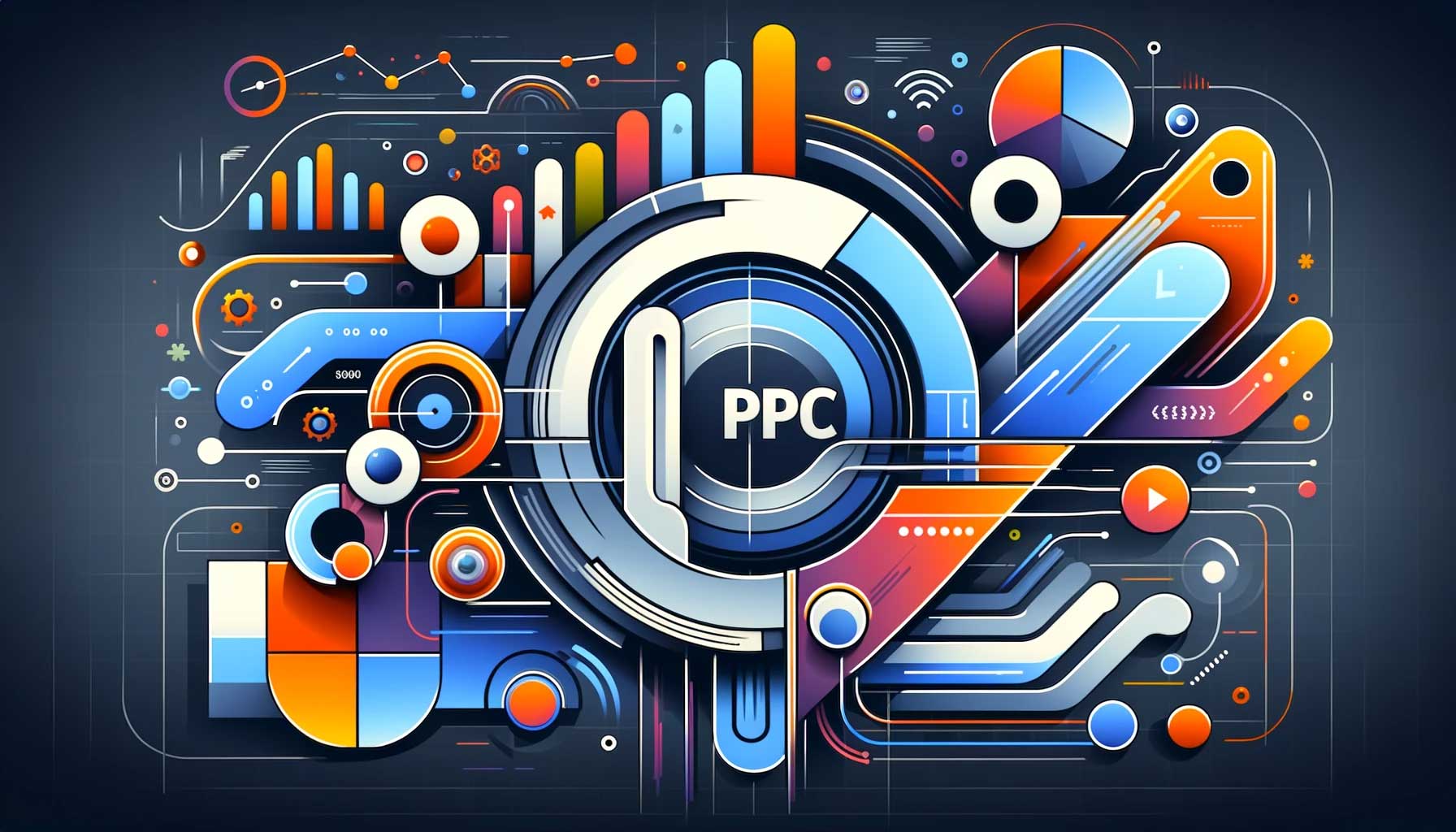Digital Marketing -Understanding Different PPC Advertising Platforms
PPC (Pay-Per-Click) advertising is a dynamic digital marketing strategy used by businesses of all sizes. It offers a unique opportunity for marketers to place their ads in front of the targeted audience through various platforms, each with its own set of features, advantages, and benefits. Here's an overview of some of the most popular PPC advertising platforms:
1. Google Ads
Features
Google Ads is the most popular PPC platform, known for its extensive reach and versatility. It allows advertisers to place ads on Google's search engine results pages (SERPs) and across its vast network of partner websites.
Advantages
The primary advantage of Google Ads is its massive audience reach. Google's advanced targeting options, including keyword targeting, location targeting, and demographic targeting, are also notable.
Benefits
The main benefit is the potential for increased website traffic, leads, and sales. The platform is also beneficial for improving brand visibility and gaining insights into customer behavior through Google Analytics integration.
2. Facebook Ads
Features
Facebook Ads provides a rich multimedia advertising experience, allowing ads in various formats like images, videos, slideshows, and more. It's integrated across Facebook's family of apps and services, including Instagram and Messenger.
Advantages
The platform excels in demographic and interest-based targeting. It's also known for its user-friendly interface and the ability to create highly engaging ad campaigns.
Benefits
Facebook Ads can significantly enhance brand awareness and engagement. It's particularly effective for B2C marketing and for targeting specific demographics.
3. LinkedIn Ads
Features
LinkedIn Ads is tailored for B2B marketing. It offers formats such as sponsored content, sponsored InMail, and display ads.
Advantages
The platform's strength lies in its ability to target professionals based on job title, industry, company size, and more.
Benefits
It's highly effective for lead generation and brand building in the professional and B2B sectors.
4. Bing Ads (Microsoft Advertising)
Features
Bing Ads provides access to a different audience through the Bing search engine. It offers similar ad formats to Google, including search ads, display ads, and shopping ads.
Advantages
Lower competition and cost-per-click (CPC) compared to Google Ads. It also offers excellent integration with Microsoft's suite of products.
Benefits
Advertisers often find higher ROI due to lower costs and a unique audience that might not be as saturated as Google’s.
5. Amazon Advertising
Features
Ideal for e-commerce businesses, Amazon Advertising allows you to display ads directly on Amazon's platform, where purchasing intent is high.
Advantages
Direct access to a large, purchase-ready audience. It also offers detailed analytics and reporting tools.
Benefits
Increased product visibility and sales, particularly beneficial for businesses that operate in the e-commerce space.
6. Twitter Ads
Features
Twitter Ads allows businesses to promote tweets, accounts, or trends. The platform is ideal for short, engaging messages and content.
Advantages
Excellent for real-time marketing and targeting based on interests and hashtags.
Benefits
Enhances brand engagement and awareness, particularly effective for campaigns aimed at generating buzz or promoting events.
In conclusion, each PPC platform offers unique features and advantages, catering to different marketing needs and objectives. It’s crucial for businesses to understand their target audience and marketing goals to choose the most suitable platform. By leveraging the strengths of these platforms, businesses can create effective PPC campaigns that drive traffic, generate leads, and boost sales.
